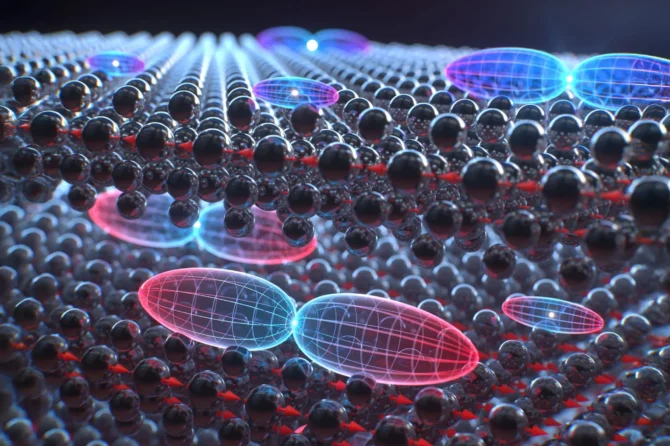Erbium ions (Er³⁺) embedded in silicon show significant promise as a platform for quantum information processing by combining telecommunications-compatible optical transitions with long-lived electron spin states. This research represents a breakthrough in silicon-based quantum technologies, reporting two distinct Er³⁺ sites in nuclear spin-free silicon crystals with exceptional coherence properties.
The researchers achieved impressive optical coherence metrics, with inhomogeneous linewidths of 148 MHz and 72 MHz, and homogeneous linewidths below 66 kHz and 52 kHz for the two sites respectively. Even more remarkably, they demonstrated electron spin coherence times of 0.8 ms and 1.2 ms at approximately 11 mT using optically detected magnetic resonance techniques.
These achievements address critical requirements for quantum information applications: the narrow optical linewidths enable high-cooperativity coupling to nanophotonic cavities, while the long spin coherence times allow for multiple gate operations with minimal errors. The existence of multiple sites with excellent properties suggests this isn’t an isolated phenomenon but a general characteristic of Er³⁺ in silicon.
This work represents the first demonstration of such long Er³⁺ electron spin coherence times in any foundry-compatible semiconductor. The combination of these optical and spin properties with silicon’s established nanofabrication capabilities creates a highly promising platform for quantum technologies.
Silicon brings additional advantages through its mature industrial ecosystem. The potential for very large-scale integration, combined with silicon photonics capabilities like high-quality cavities, low-loss waveguides, and efficient single-photon detectors, offers a clear pathway to scalable quantum systems.
The research marks an important milestone in developing optically accessible spins in silicon that could enable diverse quantum information processing applications, from quantum computing and networking to microwave-to-optical transduction. By leveraging silicon’s industrial foundation, these Er³⁺-based quantum systems may offer a practical route to large-scale quantum technologies operating at telecommunications wavelengths.
Reference: Berkman, I.R., Lyasota, A., de Boo, G.G. et al. Long optical and electron spin coherence times for erbium ions in silicon. npj Quantum Inf 11, 66 (2025). doi:10.1038/s41534-025-01008-x


